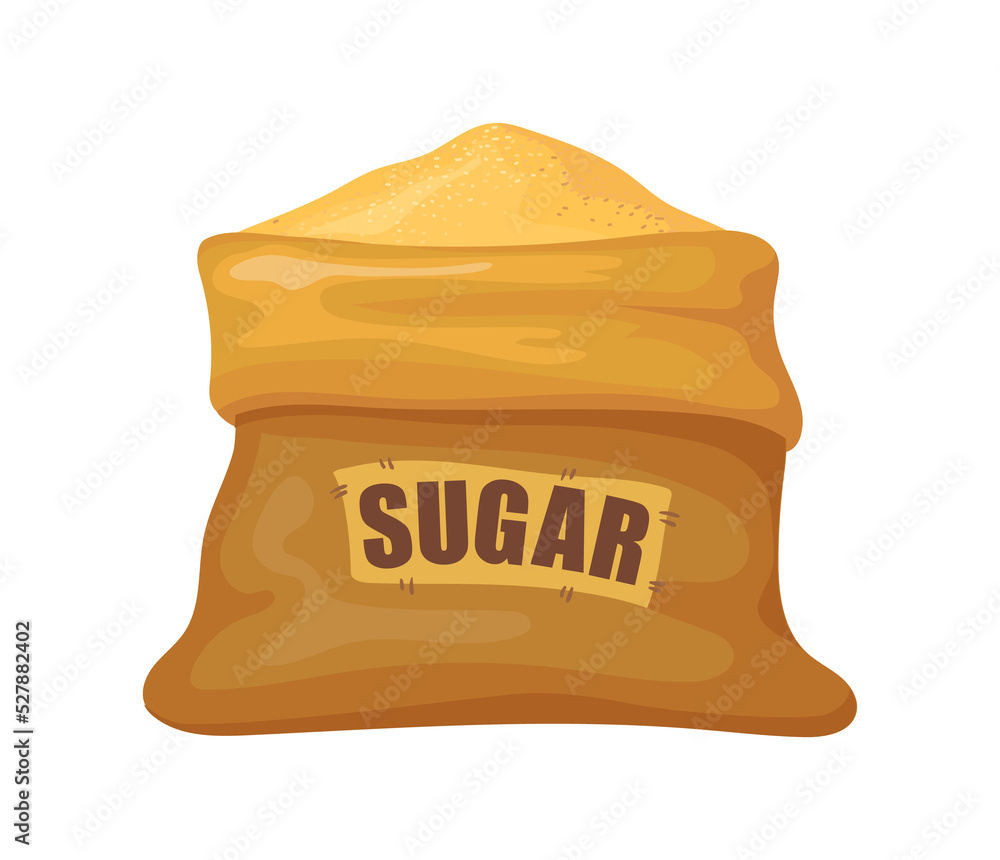The Journey of Sugarcane: From Harvest to Everyday Products
The journey of sugarcane is a complex process that starts with careful cultivation and finishes in a range of products that penetrate our daily lives. As we discover the different facets of sugarcane's trip, its role in sustainability and the more comprehensive ramifications for our environment come right into sharper focus.
Farming of Sugarcane
The growing of sugarcane is a crucial farming process that calls for particular ecological conditions and monitoring methods. Optimum growth takes place in exotic and subtropical regions where temperature levels vary between 20 ° C and 32 ° C. Adequate rainfall or irrigation is vital, as sugarcane thrives in damp dirt with well-drained conditions (sugarcane product). Dirt top quality substantially affects yield; therefore, farmers often carry out dirt tests to figure out nutrient requirements
This approach assists in efficient collecting and maximizes sunlight exposure. Crop rotation and intercropping are recommended practices to improve soil fertility and decrease bug invasions.
Timely application of these fertilizers can substantially enhance sugar returns. Generally, successful sugarcane farming hinges on a mix of ecological stewardship, tactical preparation, and continuous management methods.
Harvesting Strategies
Successful sugarcane farming culminates in the collecting phase, which is pivotal for making best use of return and making sure quality. The timing of the harvest is essential; sugarcane is usually gathered when sucrose degrees top, generally between 10 to 18 months after growing. This period differs based upon climate, dirt kind, and sugarcane variety.
Collecting techniques can be extensively categorized right into guidebook and mechanical techniques. Hand-operated harvesting is labor-intensive, depending on knowledgeable workers who make use of machetes to cut the stalks close to the ground. This approach permits careful harvesting, where just the ripest walking canes are chosen, consequently boosting overall sugar material.
On the other hand, mechanical harvesting has actually gained popularity as a result of its performance and cost-effectiveness. Specialized harvesters geared up with reducing blades and conveyor systems can refine large areas swiftly, substantially minimizing labor prices. This approach may lead to the inclusion of immature canes and a prospective reduction in sugar high quality.

Regardless of the method employed, guaranteeing that gathered canes are carried quickly to processing facilities is essential. Prompt handling minimizes spoilage and preserves the honesty of the sugarcane, establishing the phase for optimum processing.
Processing Methods
Handling sugarcane includes a number of crucial steps that change the gathered stalks into usable items, largely sugar and molasses. The preliminary stage is washing the walking cane to eliminate soil and particles, adhered to by the removal of juice with crushing or milling. This procedure commonly utilizes heavy rollers that damage the walking stick fibers to release the pleasant liquid had within.
When the juice is extracted, it undertakes information, where impurities such as dirt particles and bagasse are gotten rid of. This is commonly achieved by including lime and heating up the juice, permitting sedimentation. The cleared up juice is then focused through dissipation, where water content is reduced, causing a thick syrup.

Inevitably, the processing of sugarcane not only generates sugar and molasses but additionally lays the groundwork for different by-products, which will be checked out in succeeding discussions.
Products Derived From Sugarcane
Sugarcane is a functional plant that yields a large array of products past simply sugar and molasses. Among the main byproducts are ethanol and biofuels, which have acquired prestige as renewable energy sources. Ethanol, created via the fermentation of sugarcane juice, functions as an alternate to fossil gas and is frequently mixed with fuel to produce cleaner-burning gas, reducing greenhouse gas emissions.
Furthermore, sugarcane is a substantial resource of bagasse, the coarse deposit continuing to be after juice extraction. Bagasse is utilized in different applications, including the manufacturing of paper, eco-friendly product packaging, and as a biomass fuel for energy generation. Its use not only reduces waste but likewise improves the sustainability visit this site of sugarcane processing.
Additionally, sugarcane-derived products extend to the food industry, where it acts as an all-natural advice flavor representative and sweetener in various culinary applications. In the world of cosmetics, sugarcane removes are integrated into skincare items as a result of their all-natural exfoliating buildings.
Ecological Effect and Sustainability
The cultivation and handling of sugarcane have substantial ramifications for environmental sustainability. This crop calls for considerable water resources, often bring about deficiency of regional water supplies and influencing bordering environments. Furthermore, making use of plant foods and pesticides in sugarcane farming can cause dirt degradation and waterway pollution, posturing dangers to biodiversity.

Lasting sugarcane farming likewise promotes soil health via plant rotation and decreased husbandry, enhancing carbon sequestration. The fostering of these practices not only sustains environmental stability yet also enhances the strength of farming communities versus environment change.
Final Thought
In recap, the trip of sugarcane encompasses different phases from farming to processing, eventually leading to a vast Go Here array of products. The value of sugarcane expands beyond mere sweeteners, adding to renewable resource through ethanol production, sustainable packaging by means of bagasse, and all-natural removes for cosmetics. This multifaceted crop plays a critical role in both nutritional enrichment and environmental sustainability, highlighting its significance in contemporary agricultural and commercial methods.
Effective sugarcane farming finishes in the collecting stage, which is crucial for taking full advantage of return and ensuring quality. The timing of the harvest is essential; sugarcane is usually gathered when sucrose levels top, typically between 10 to 18 months after planting.Processing sugarcane involves numerous critical actions that change the collected stalks right into functional products, mainly sugar and molasses.Sugarcane is a versatile crop that yields a wide array of items past just sugar and molasses. Furthermore, the use of plant foods and chemicals in sugarcane farming can result in dirt deterioration and waterway pollution, posing threats to biodiversity.